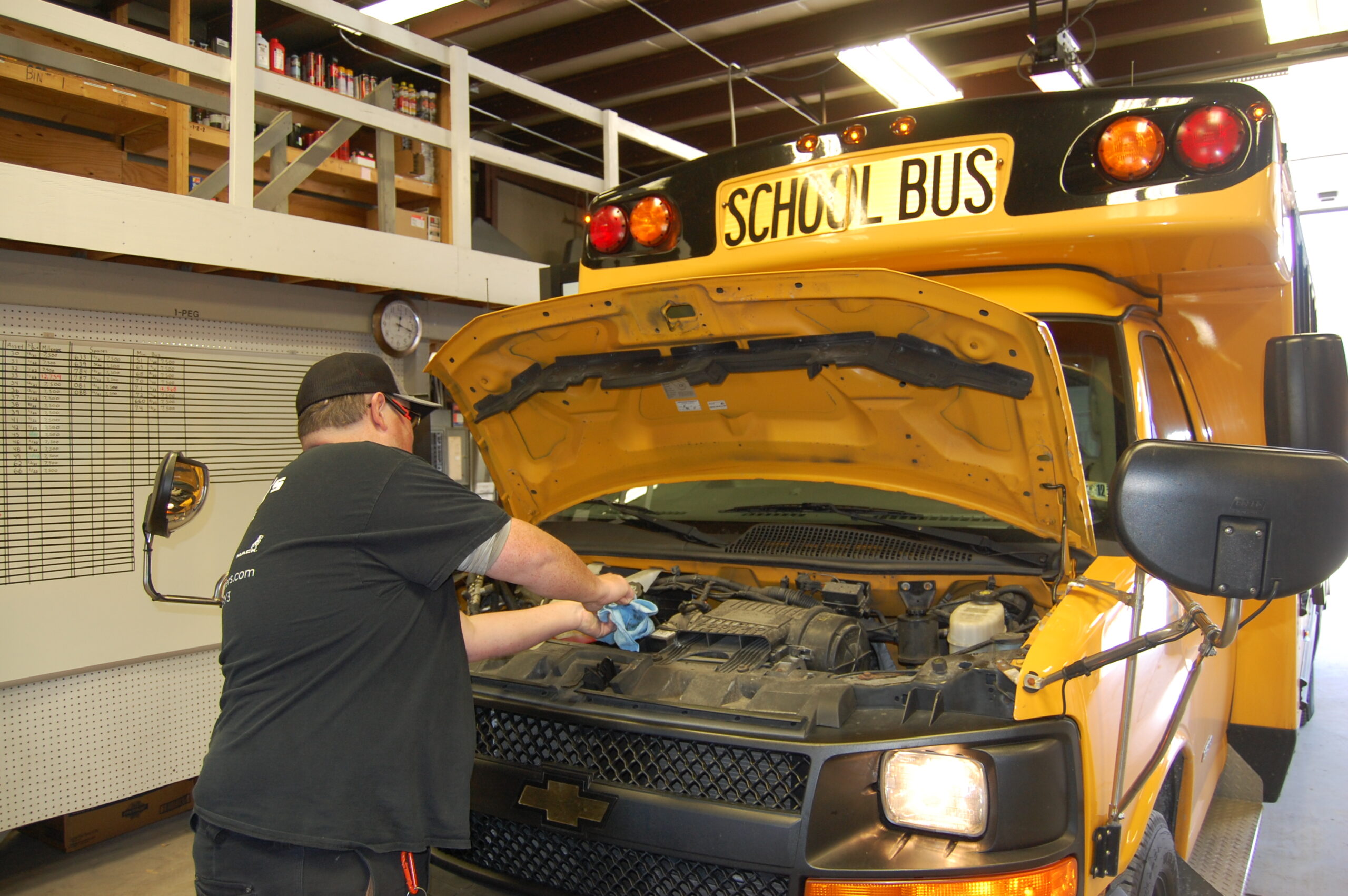Like households and businesses across America, school transportation contractors are feeling the pain of rising costs. Elevated expenses create significant challenges which impact short-term operations, financial stability, succession planning, negotiations with school districts, and long-term sustainability.
In the short term, these rising operational costs are forcing school transportation companies to reevaluate their pricing strategies, renegotiate contracts, and delay non-essential maintenance or capital expenditures to conserve cash flow. Over the long term, sustained increases in operational costs could lead to more significant changes in the industry. Smaller contractors may struggle to survive, leading them to reluctantly sell to larger companies who prioritize profit margins over everything else, sacrificing hard-earned relationships and community reputation in the process.
While we are all experiencing the effects of rising input costs and understand their impact on each of us, we believe it is important to highlight a few of the most significant areas. Here are examples of common cost drivers affecting school transportation operators and strategies for navigating these challenges.
Insurance Premiums
Increased litigation and larger claims payouts due to the high cost of parts and labor are causing insurance providers to steadily raise premiums, putting the squeeze on all transportation contractors. Businesses are being forced to pass along those rising costs to consumers, scale back on operations, or take on more risk by choosing lower-coverage options.
Interest Rates
School transportation companies frequently rely on loans to replace vehicles, upgrade facilities, and expand their fleets. The Federal Reserve brought interest rates to their highest levels since 2007 to fight persistent inflation. It appears some progress has been made and price increases have been moderately slowing, but the cost of servicing debts as rates remain steady is limiting financial flexibility and creating higher long-term costs for contractors. Expensive financing terms mean contractors may have to delay expansion plans, stretch routine maintenance schedules (leading to higher repair costs), and put off acquiring new technologies that could improve efficiency.
Fuel Costs
Regular gas prices have risen across the United States from the average, pre-pandemic price of $2.36 to $3.36 per gallon per the St. Louis Fed – a 42% increase (Source: St. Louis Fed). The EPA and several states have also introduced stricter diesel after-treatment requirements. Many contractors we speak to highlight these challenging headwinds as a significant reasons for seeking partnerships.
Prices of Assets
Student transportation providers have experienced significantly elevated vehicle prices compared to purchases made three or more years ago. Pricing pressures are most difficult to navigate when seeking to replace damaged vehicles, replace older units no longer in compliance with school district contractual age requirements, and determine trip rates for upcoming school years or contract renewals. Many contractors have been forced to refuse new business due to vehicle-related constraints.
Many companies see the long-term health and cost benefits of switching to electric fleets, but these vehicles involve substantial upfront investments. Electric buses are up to 2.3 times more expensive than diesel. Even with state and federal subsidies, the high price differential makes electric buses out of reach for many smaller contractors.
Large school districts with significant transportation budgets create another inflationary pressure in the market by quickly absorbing new supply. With 35,000-40,000 new buses being manufactured and sold each year, many to school districts with large budgets, manufacturers are unwilling to lower prices for privately owned contractors.
Wage Pressure
Labor costs are another area of rising expenditure. Wage pressure, driven by inflation and labor shortages, is being felt by all student transportation companies. Office employees, maintenance technicians, and drivers all command higher wages in today’s economy. The Economic Policy Institute, which tracks education employment across the country, noted that in 2023, the number of school bus drivers working in K-12 schools was down 15.1% from 2019. The imperative for contractors to attract and retain qualified personnel is causing payroll expenses to skyrocket. You might wonder if anything can be done to mitigate the impact of rising costs on independent contractors or if they will eventually be forced out of the industry entirely. There is…
Strategic Partnerships Can Drive Solutions
Many student transportation operators have been handling these headwinds by securing strategic partnerships or outright selling their businesses. Before selecting a strategic partner, or company to carry on your legacy upon exit, it’s important to consider the overall cultural fit with your team among several other factors:
- Their access to capital A material benefit of a strong partnership for cash-constrained transportation contractors is an infusion of capital for additional buses, maintenance costs, and operational expenses. When choosing a partner, contractors should inquire about credit trustworthiness and funding sources to be sure they can rely on a steady supply of cash to support their company at key moments in its growth.
- Their industry expertise Experienced partners bring a wealth of business knowledge to the table, driving cost-saving solutions such as creative debt management and financial planning, back-office operational efficiencies, contract renegotiations, and much more.
- Whether the transaction increases your purchasing power Larger entities have access to better prices across the board. From lower interest-rate credit facilities to parts suppliers and manufacturers to insurance providers and legal services, there is power in numbers, and costs diminish proportionally to the organization’s size.
- Their use of impactful technology A partner can provide access to technology such as GPS and AI-powered tools to increase route optimization and lower fuel waste, and telematic software to help operators monitor bus maintenance schedules, saving labor and repair costs. A partner can also help operators leverage data analytics to inform business decisions and drive their company forward into a more profitable future.
Contact Us
American Student Transportation Partners (ASTP) is a national network of reliable student transportation providers. We’re driving the future of student transportation by providing access to education through safe, dependable student transportation programs. Exceptional bus operators choose ASTP because of our innovative approach to partnership, as well as the resources we provide to help “future-proof” their operations.
To learn more about partnering with ASTP, contact Nick Tierno, Director of Corporate Development, at [email protected].

